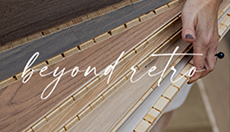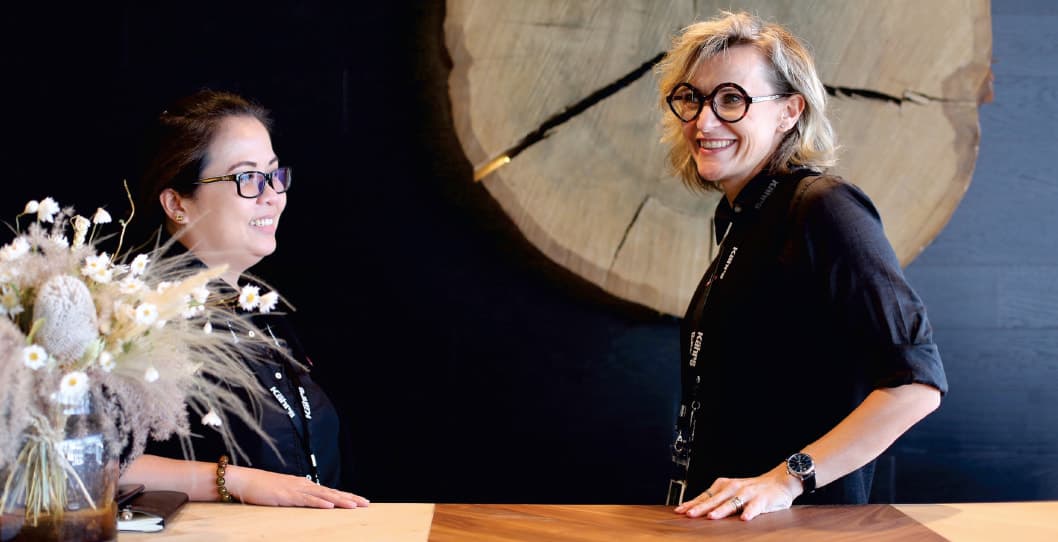How Skirtings And Moldings Provide The Perfect Finishing Touches To Your Wood Floors
August 10, 2020
Great things are accomplished once the finishing touches are completed. The same applies to wooden floors. The majestic beauty of wooden floors remains incomplete without these final touches. Skirting boards and moldings are two components of installation that add to the beauty of the wood floors. They are not just accessory to the wood floors but are crucial as they serve specific functions.
Skirting Boards
Otherwise known as baseboards, they come in different forms to complement each specific type of wooden flooring. They add to the beauty of the wood flooring by giving it the desired finish and serve vital functions.
One crucial function of a skirting board is to protect the walls. It protects the walls from knocks, scrapings, and other forces that can wear out the paint. Walls are easily exposed to scuffs and wear from furniture, cleaning tools, and hoovers. The skirting board acts as a barrier between the wall and floor; this prevents undesirable soiling.
The skirting can also serve decorative purposes. Colonial interiors commonly have high skirting with intricate moldings. You can otherwise go for simplistic skirting boards to perform the functions.
Moldings
Wooden floors require molding, which is material used to fill the gaps in between surfaces or for decoration, for various reasons. Different kinds of moldings have different functions.
The different types of moldings are:
T-Molding: This molding is T shaped and is used to connect between wood floors.
Reducer: It is mostly used for decorative purposes, and installed around the wood floors.
Bi-level reducer: This molding creates a smooth transition between the hardwood floors and ceramic tiles or carpeting.
Threshold: It is commonly used for sliding doors or wherever expansion is required. This type of molding can also be used as a means of transitioning from wood floors to ceramic or carpeted flooring.
Bullnose: This molding is used for floating floors, steps, and for places where expansion may be necessary.
Quarter round: It is used around fixed objects, toe kicks, and against the skirting board.
Arranging Skirting Boards And Moldings
Although the same skirting boards can be used even when wooden floors are changed, this does not give the new flooring a complete look. The previous baseboards may not complement the new look and may have to be changed. The technicians in our flooring company can customize the skirting board to suit individual wooden flooring. The skirting and molding have to be the same material as the wood floors to achieve an elegant look.
When the engineered wooden flooring is installed, make sure to give considerable attention to the skirting and molding. Different kinds of molding and skirting are available. Pick skirting and molding that suit the interior style of the room. Colonial styles will employ intricate and fancy skirting boards, whereas contemporary designs will require a basic, minimalistic skirting.
When the skirting is installed, make sure to leave an expansion space. Wooden floors expand and contract on exposure to humidity. For this reason, it is always safer to leave an expansion gap.
The technicians at our flooring company are well versed with the different requirements for wooden flooring. We guarantee perfect installation and high-quality wooden flooring. Contact our team to get an overview of our wood floor options.






